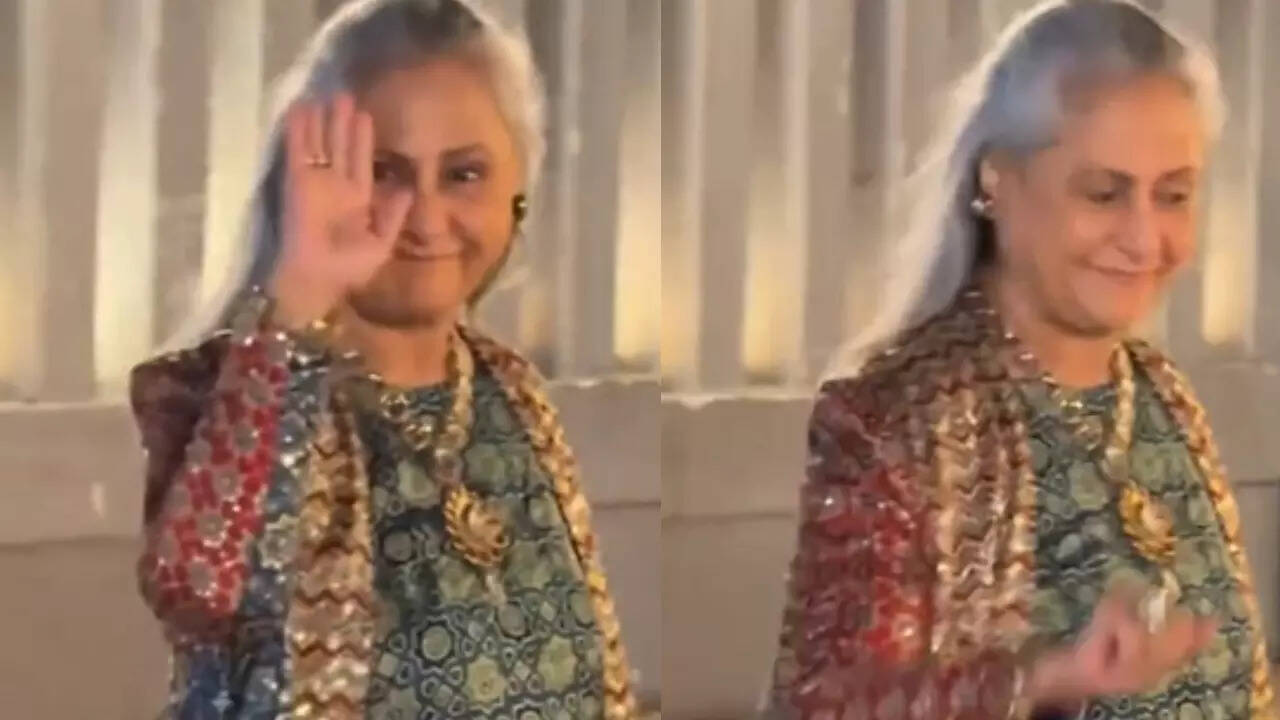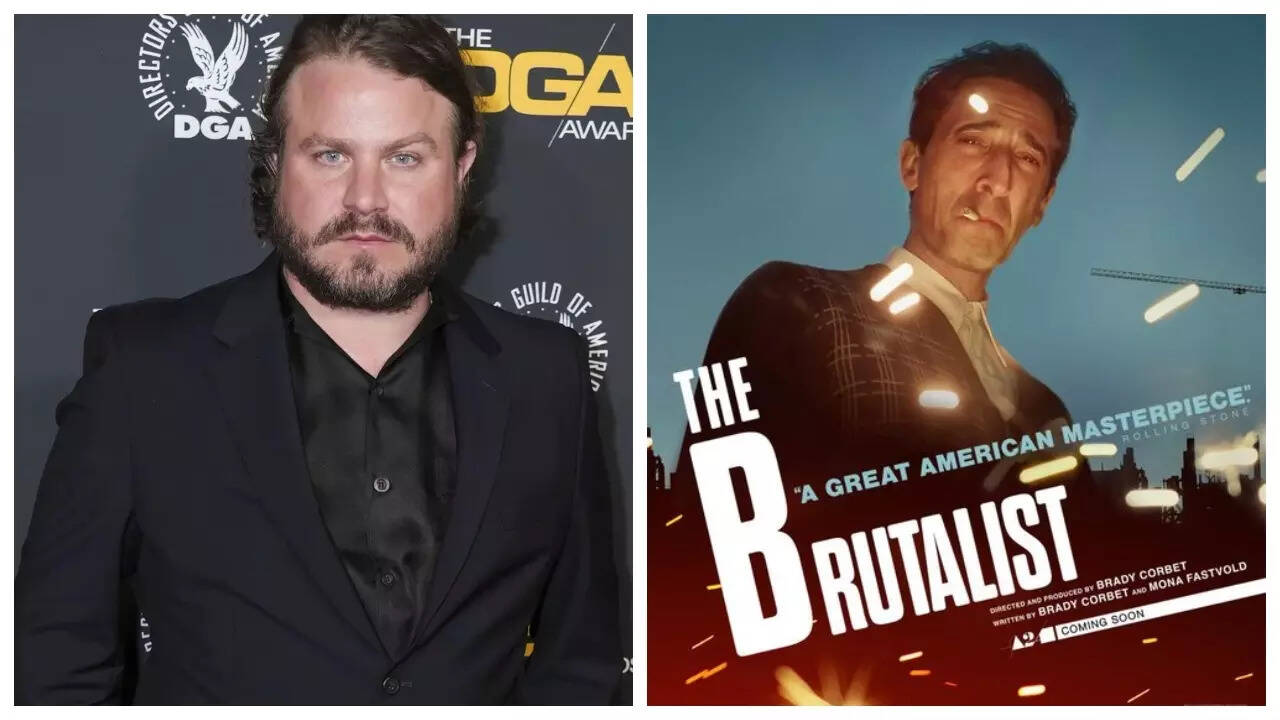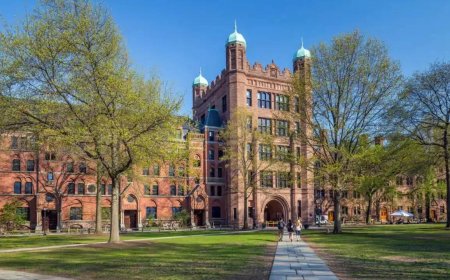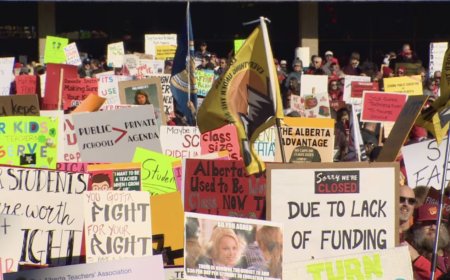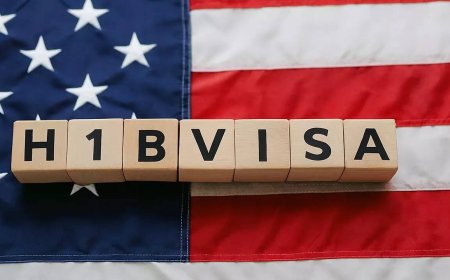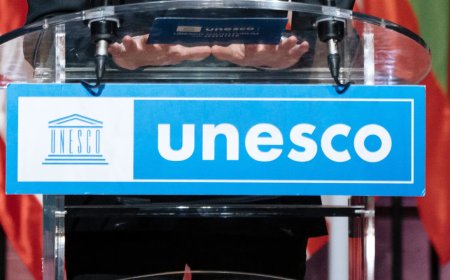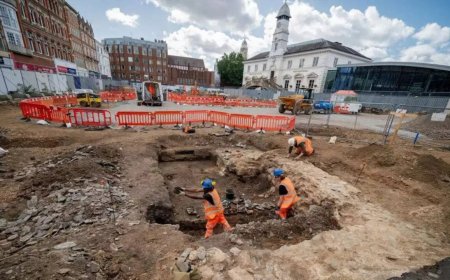The Central Park Five: A Comprehensive Look into the Case, Its Impact, and Legacy

The Central Park Five: A Case That Shook America
The Central Park Five case stands as one of the most controversial and impactful legal cases in American history. It not only demonstrated the fragility of the justice system but also revealed deep-seated issues related to race, class, and media bias in the United States. In 1989, five teenagers—four Black and one Latino—were wrongfully convicted of a brutal attack on a white female jogger in New York City's Central Park. Known as the Central Park Five, their case exemplifies how systemic injustice and media sensationalism can devastate lives and communities.
This article takes an in-depth look at the case, the people involved, and the long-lasting implications it has had on criminal justice reform and race relations in America.
Who Were the Central Park Five?
The Central Park Five consisted of five teenage boys from Harlem: Antron McCray, Kevin Richardson, Raymond Santana, Korey Wise, and Yusef Salaam. They ranged in age from 14 to 16 at the time of their arrest in April 1989. Coming from working-class backgrounds, these boys had little experience with the criminal justice system, which made them particularly vulnerable to the aggressive tactics used by law enforcement during the investigation.
Their youth and the fact that they were African American and Latino played a significant role in how they were treated by both the legal system and the media.
The Crime That Set It All Off: The Central Park Jogger Incident
On the night of April 19, 1989, a 28-year-old investment banker named Trisha Meili was violently assaulted and raped while jogging in Central Park. She was discovered in the early hours of April 20, beaten almost beyond recognition and left for dead. The crime was brutal, sparking outrage and fear across the city, which was already grappling with high crime rates.
Although several crimes were reported in Central Park that night, the severity of Meili’s attack led the police to quickly round up a group of teenagers who had been seen in the park. None of the boys knew Meili, but they were interrogated and eventually charged with her assault.
The Investigation: Coerced Confessions and Questionable Tactics
The investigation into the Central Park jogger case was swift and aggressive. Police brought in the five boys and interrogated them for hours without their parents present. The teenagers were scared, confused, and under immense pressure. After relentless questioning, they eventually gave false confessions, each implicating themselves and the others.
These confessions were inconsistent, with each boy telling a different version of the events, but they were enough to secure their arrest. Despite a lack of physical evidence linking them to the crime, the confessions were used as the backbone of the prosecution’s case. The tactics used in this investigation would later be criticized for coercing confessions from vulnerable minors.
Trial and Convictions: How the System Failed the Five
The trials of the Central Park Five were highly publicized and racially charged. The boys were tried as adults, despite their ages, and the prosecution's case relied heavily on the coerced confessions. There was no DNA evidence linking them to the crime, and the victim, who had no memory of the attack, could not identify her assailants.
Nevertheless, the jury convicted the five teenagers, who were sentenced to between 5 and 15 years in prison. The convictions were seen as a victory for law enforcement and were praised by some in the media, while others criticized the case for its racial overtones and reliance on coerced confessions.
The Media’s Role in the Central Park Five Case
The media played a significant role in shaping public opinion about the case. Headlines referred to the boys as a "wolf pack" and "wilding" teens, stoking fears of urban crime and portraying them as predators. The racial undertones of the coverage were undeniable, as the media's narrative often dehumanized the young suspects and reinforced stereotypes about Black and Latino youth.
Prominent figures, including Donald Trump, called for the reinstatement of the death penalty in response to the case, further fueling public outrage. The boys were convicted in the court of public opinion long before they stood trial, and the media’s portrayal left a lasting impact on the way they were perceived by society.
The Wrongful Convictions: Years Behind Bars
The Central Park Five spent years in prison for a crime they did not commit. Their sentences ranged from five to 13 years, and during that time, they experienced not only the hardships of incarceration but also the lasting stigma of being convicted rapists. For Korey Wise, who was 16 at the time of his arrest, his time in prison was especially grueling because he was sentenced to adult facilities, where he faced severe abuse.
During their time in prison, the Central Park Five maintained their innocence. However, it wasn't until years later that the truth would finally come to light.
The 2002 Exoneration: How Justice Was Finally Served
In 2002, the case took a dramatic turn when Matias Reyes, a convicted serial rapist and murderer, came forward to confess to the crime. His confession was backed by DNA evidence that had not matched any of the five boys. Reyes acted alone, and his confession exonerated the Central Park Five.
After spending years behind bars, the five men were finally cleared of all charges. The revelation that they had been wrongfully convicted shocked the nation and prompted renewed discussions about the flaws in the criminal justice system, particularly around issues of coerced confessions and the treatment of juvenile suspects.
Impact of the Central Park Five Case on Criminal Justice Reform
The exoneration of the Central Park Five spurred significant changes in how police handle interrogations, particularly of minors. It raised awareness about the dangers of false confessions and the need for safeguards to protect vulnerable individuals during the legal process.
Advocates for criminal justice reform have used the case as an example of how systemic failures disproportionately affect marginalized communities. The case has led to calls for reforms in the treatment of juveniles in the justice system, the importance of DNA evidence, and better accountability for law enforcement practices.
Personal Impact on the Lives of the Central Park Five
The exoneration was a major victory, but it could not undo the years of damage suffered by the Central Park Five. The wrongful convictions had upended their lives, and reintegrating into society was a challenge. They had lost their youth, education, and job opportunities during their incarceration. Even after being cleared, the stigma of their wrongful convictions lingered, and they struggled to move forward.
Each of the five men has since spoken publicly about their experiences and become advocates for criminal justice reform. They have used their platform to raise awareness about wrongful convictions and the need for systemic change.
The Settlement: Financial Compensation After Years of Injustice
In 2014, the City of New York settled a lawsuit brought by the Central Park Five for $41 million, compensating the men for their wrongful imprisonment. While this settlement was one of the largest of its kind, it did not erase the pain and suffering the men endured. The settlement was an acknowledgment of the city's role in their wrongful convictions, but for many, it was seen as too little, too late.
Public Apologies: Accountability and Acknowledgement
In addition to the financial settlement, there were calls for public apologies from those involved in the prosecution of the case. Some public officials and media outlets expressed regret for their role in the wrongful convictions, but many did not. The lack of accountability from certain key figures continues to be a point of contention in the ongoing discussion of the case’s legacy.
Media and Cultural Representation of the Central Park Five
The Central Park Five case has been the subject of several books, documentaries, and films. Most notably, the Netflix series When They See Us, directed by Ava DuVernay, brought renewed attention to the case in 2019. The series was widely praised for its sensitive portrayal of the events and for highlighting the human cost of wrongful convictions.
This media representation has helped keep the story alive and educate new generations about the injustices faced by the Central Park Five.
The Broader Impact of the Case on Race Relations in America
The case of the Central Park Five is often cited as a stark example of racial injustice in the United States. It occurred at a time when fears of urban crime were high, and racial tensions were simmering. The wrongful convictions were a reminder of how deeply embedded racism is within the American justice system and how Black and Latino individuals are often presumed guilty based on their race.
The case continues to influence discussions about race, policing, and criminal justice reform in America today.
The Legacy of the Central Park Five: Lessons Learned and Future Implications
The Central Park Five case has left a lasting legacy on American society. It serves as a reminder of the potential for injustice within the legal system, particularly for marginalized communities. The case has sparked changes in how police interrogations are conducted, especially with minors, and has raised awareness about the importance of safeguarding against wrongful convictions.
The Central Park Five have used their experiences to advocate for justice and reform, and their story continues to inspire movements for change.
Central Park Five FAQs
Q: Who were the Central Park Five? A: The Central Park Five were five Black and Latino teenagers wrongfully convicted in 1989 for the assault and rape of a jogger in Central Park.
Q: How were the Central Park Five exonerated? A: They were exonerated in 2002 when Matias Reyes, a convicted rapist, confessed to the crime, and DNA evidence confirmed his involvement.
Q: How much time did the Central Park Five spend in prison? A: The men spent between 5 and 13 years in prison before being exonerated.
Q: Did the Central Park Five receive compensation? A: Yes, in 2014, the City of New York settled with the five men for $41 million.
Q: How did the media portray the Central Park Five? A: The media portrayed them as violent criminals, often using racially charged language, which influenced public opinion against them.
Q: What is the significance of the Netflix series When They See Us? A: The series helped to bring the story of the Central Park Five to a global audience and shed light on the systemic injustices they faced.
What's Your Reaction?
 Like
0
Like
0
 Dislike
0
Dislike
0
 Love
0
Love
0
 Funny
0
Funny
0
 Angry
0
Angry
0
 Sad
0
Sad
0
 Wow
0
Wow
0







